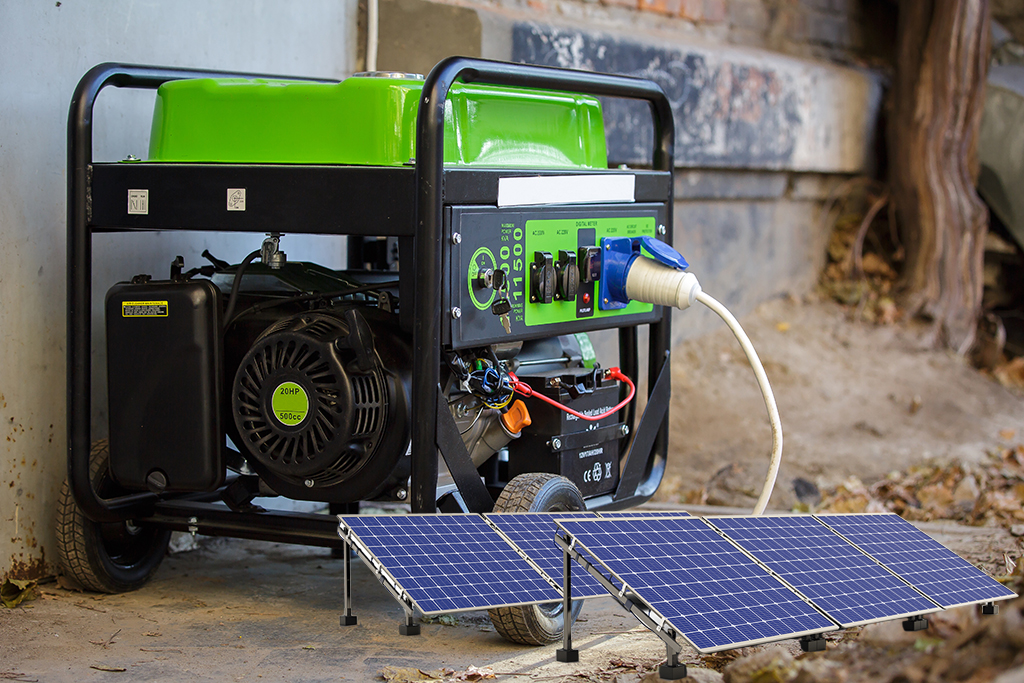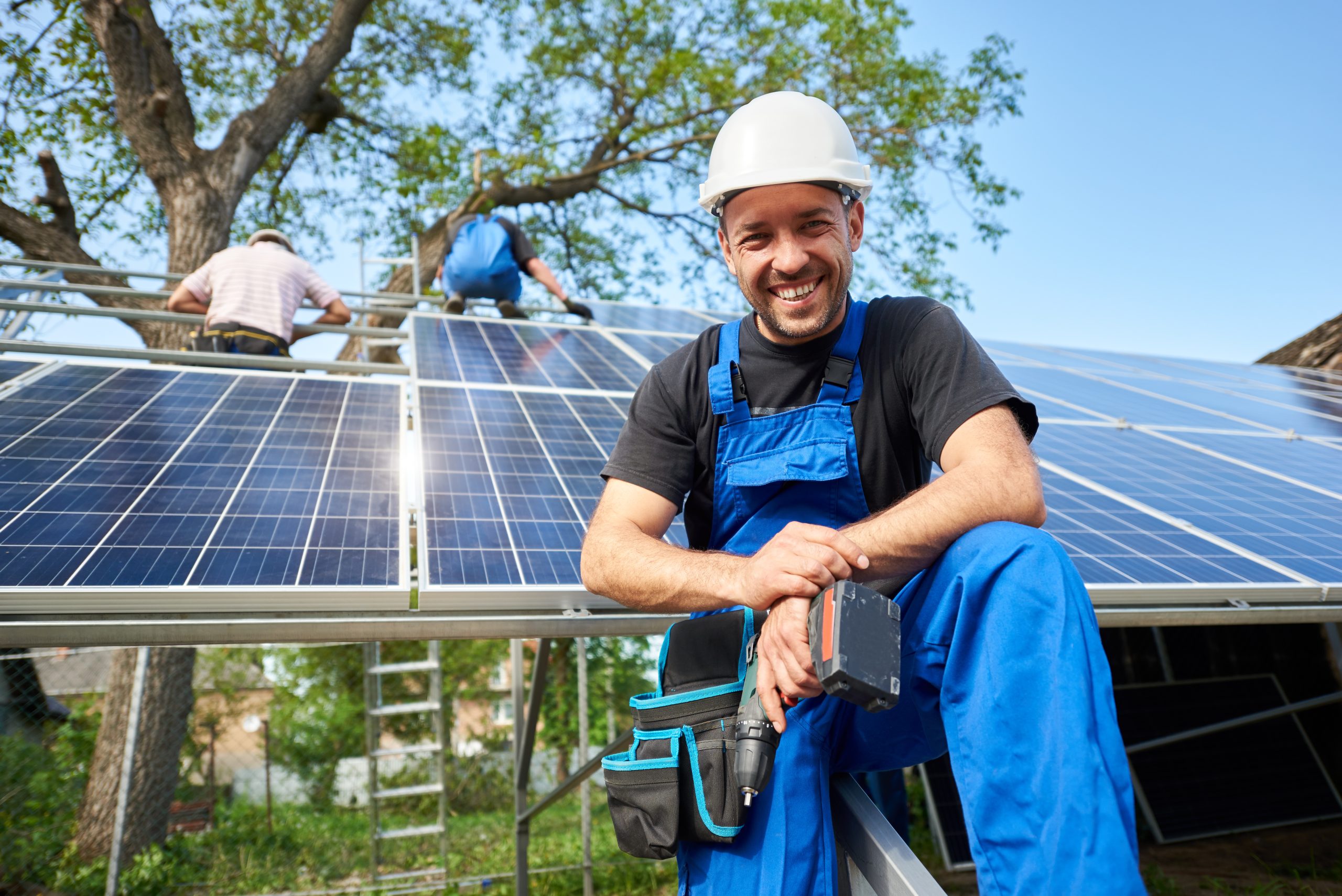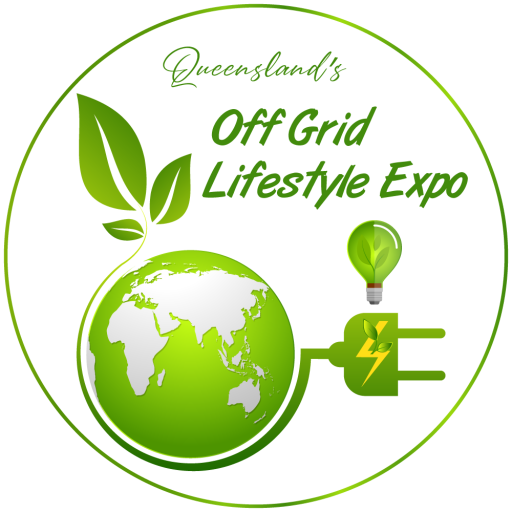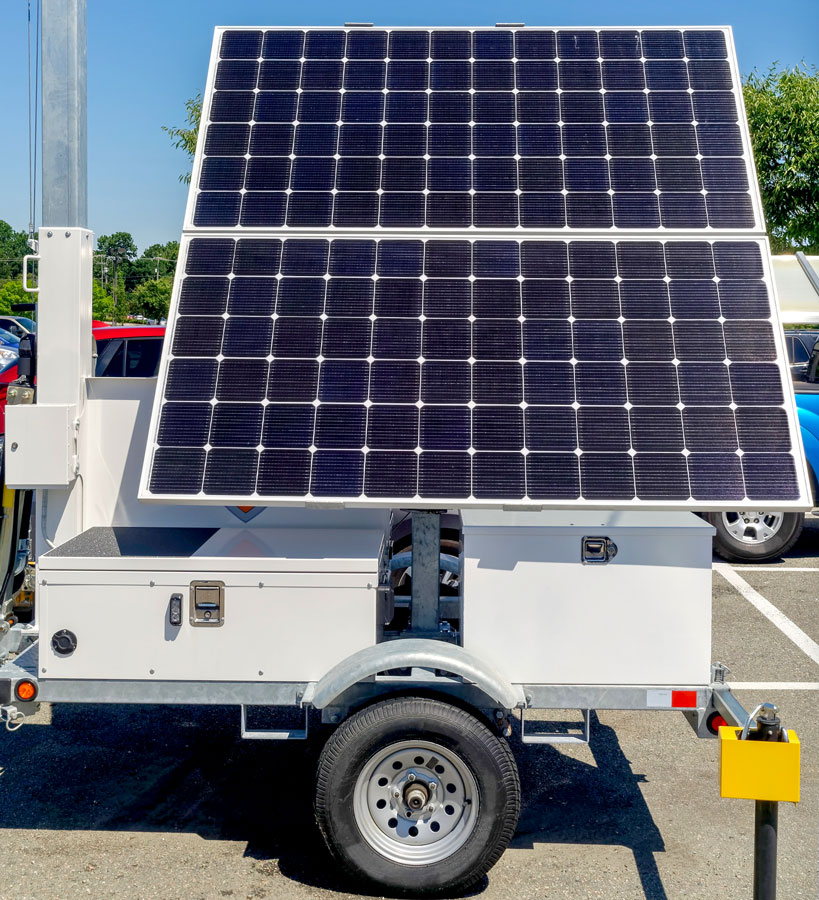
DIY Solar Powered Generator
Build a Solar-Powered Generator
A DIY solar generator lets you power many appliances, gadgets, and tech in your home while working 100% off-grid.
With the demand for solar-powered generators growing and the cost of electricity constantly rising, there’s never been a better time to switch to solar. This is a fantastic way and achieve energy independence using clean, renewable power.
Solar power can provide electricity when off-grid, camping, or during outages. You can even use it to power your whole home. Most people purchase solar generators off-the-shelf, but some positives come with putting a solar-powered generator together yourself, particularly if you’re interested in learning more about how solar power works.
Research is the most important part
Anyone considering a DIY solar-powered generator project should invest extensive time researching and preparing for the build. Otherwise, you could end up with a costly lawn ornament rather than a functional alternative energy source.
The Benefits of Building Your Own Solar Generator
- No running costs. Once you’ve invested in the components and assembled them correctly, the price of solar energy is zero (aside from system maintenance).
- Greener Than Fuel Generators. Solar power is an excellent source of renewable clean energy.
- Can a solar generator power a house? Yes, a solar generator can power your entire home if you’re savvy about your energy consumption. You would require a system that stores large amounts of power to keep you going. Whole-home solar is not a good place to start with your first DIY project.
- DIY gives you a sense of achievement. A predominant reason why people find DIY projects fulfilling is their sense of accomplishment at the end.
- Less expensive than ready-made solar generators. We will explore this in more detail later, but the labour that goes into manufacturing and assembly can make pre-made solar generators more expensive. That is, if you consider your own time to be free.
- You can repair them easily. Solar generators are generally easy to maintain. It’s vital to keep components — especially the solar panels — clean, which will be most of your maintenance.
- Safer than fossil fuel generators. Fossil fuel generators produce potentially deadly carbon monoxide, and the fuel required to run them harms our climate.
Where to Start
- Estimating your off-grid solar power needs
- Choose Your Supplies Carefully
- Purchase a Solar Panel
- Get a Small Battery with a Battery Box
- Buy a DC Input
- Invest in an Inverter
- Attach Meter and DC Input
- Mount Your Components
- Wire Everything Together
- Test the Parts
Estimating Your Off-Grid Solar Power Needs
You need to estimate your energy usage. Look at all the appliances you want to run with your generator. From there, you can calculate your energy usage in watt-hours.
For example, if you want to calculate how much a small fridge consumes each day, you need to multiply the watts by the number of hours of usage. Here is the formula: watts x hrs = watt-hours (Wh).
When calculating your energy needs, you need to determine the amount of power required to run your appliances and the power needed to start them. Some appliances require three times the general running watts to start them up. We call this surge power or surge watts.
With solar generators, surge power refers to the maximum amount of electricity the system can provide to an appliance in one burst. Make sure the wattage you build for takes into account surge watt requirements. Otherwise, many of your more power-hungry appliances won’t turn on when plugged into your generator.
Of course, your energy needs also will change depending on the setting where you’re most likely to run the solar generator. Consider the following:
Your Energy Needs for a Camping Trip
If you’re taking a mini-fridge, lights, battery chargers, and mobile devices, a 2000-watt generator should be sufficient.
Of course, you might not need that much even, especially if you go camping to unplug. But it’s always better to have too much power than too little.
You can determine your estimated energy needs and use that to decide what capacity solar generator and battery you require.
Your Energy Needs for Home Back-Up Power
The average Australian household uses an estimated 18 kWh per day. Your energy consumption may differ drastically from the average. For instance, if you lived alone compared to a family, this would likely be much less. Also, you can easily lower your power consumption during a blackout by only using the essentials.
Choose Your Supplies Carefully
Research is so important. Ensure you chose quality items that promise durability and efficiency.
Purchase a Solar Panel
Once you’re clear on how much energy you need to generate and store, you can start researching which solar panels will be the best fit. There are many factors to consider when making this decision, including
- Composition: Monocrystalline, polycrystalline, or thin film?
- Construction: Portable, rigid, or flexible?
- Rated power: How much energy do you need your solar panels to generate during peak sun hours to meet your needs?
Get a Small Battery with a Battery Box
The most common battery types are lithium-ion and deep-cycle lead-acid. Lithium-ion options are highly efficient and lightweight but also pricier. Lead-acid batteries are cheaper but contain toxic chemicals, have shorter lifespans, and are far less efficient.
Your battery box will keep the battery safe and transportable.
Buy a DC Input
You need a DC input so the system can transmit the DC from the solar panels into your solar power system.
Invest in an Inverter
The inverter converts the DC power captured by solar panels into AC household electricity.
Attach Meter and DC Input
Here, you can use a drill to attach the meter and DC input to the top of the box.
Mount Your Components
Get everything into position, ready to be wired.
Wire Everything Together
Connect negative poles first and make sure only to handle one wire at a time to be safe. Next, connect the DC inlet to the battery just as you did with the first wire. Finally, connect the solar panel to the battery.
Test the Parts
Is everything in working order?

Build Your Own Solar Generator with Portable Solar Panels
If the process of building a solar generator from the ground up — including wiring all the components, buying compatible hardware, and testing everything — sounds too complicated, you can still create a DIY setup, but in fewer steps. All you need to do is purchase a portable power station and portable solar panels.
This customisable solar generator setup is easier to build since all you need to do is plug and play. Look for a portable power station and solar panels sufficient for your energy needs. You can find power stations in varying capacities from 288Wh to 25kWh, and solar panels in varying designs, including portable, rigid, and flexible solar panels.
Learn More about our Off Grid Expo HERE | Buy your tickets for EXPO Here
Event Organisers:
Dee White: dee@offgridexpo.com.au – 0434 630 510
Di Woodstock: di@offgridexpo.com.au – 0419 224 628
Event Organisers
Dee White
dee@offgridexpo.com.au
0434 630 510
Di Woodstock
di@offgridexpo.com.au
0419 224 628

